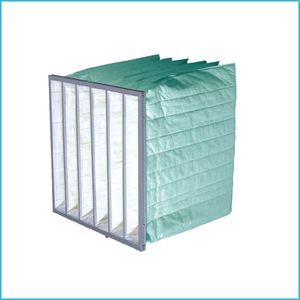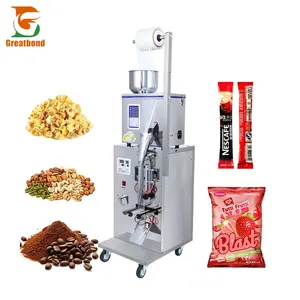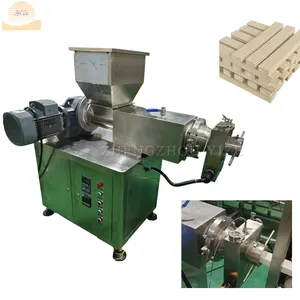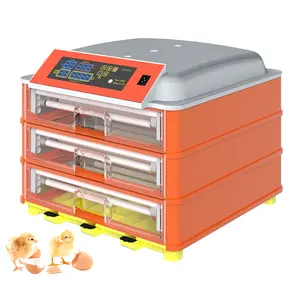Popular in your industry












































































































































































































Top categories
About filter pocket
A filter pocket is an essential component in various air filtration systems, designed to capture and contain airborne particles. These pockets are crucial for maintaining indoor air quality and are utilized in diverse settings, from large-scale HVAC systems in commercial buildings to compact air purifiers for residential use. The effectiveness of a filter pocket is largely dependent on its material, design, and the specific technology employed, ensuring it meets the distinct filtration requirements of different environments.
Types and Characteristics of Filter Pockets
There are several types of filter pockets, each with unique characteristics catering to different filtration needs. Pocket air filters come in various grades, such as G4, F5, F6, F7, F8, and F9, indicating their efficiency in trapping particles of different sizes. For instance, paint booth pocket filters are designed to capture fine paint particles, while powder coating pocket filters are optimized for the high-volume particulate environment of powder coating processes. The smokebuddy junior personal air filter is a portable option for individual use, effectively reducing second-hand smoke exposure. Each type is engineered to address specific air quality concerns, from industrial emissions to allergens in home settings.
Structure and Operation of Pocket Filters
The physical structure of a pocket air filter is engineered to maximize its efficiency. Typically, a filter pocket consists of a series of individual pockets made from filter media, attached to a rigid frame. The frame can be made from materials like aluminum or stainless steel, providing stability and durability. The pockets are designed to create a large surface area within a compact space, allowing for high dust-holding capacity while maintaining proper airflow. The air passes through the filter media in each pocket, where particles are trapped, and clean air is allowed to pass through. The design of the pockets, often tapered and sealed, ensures that the entire surface area is utilized, preventing bypass and optimizing the filtration process.
Materials and Properties of Filter Pockets
The materials used in filter pockets are selected based on their filtration properties and durability. Polyester, synthetic fiber, and non-woven fabrics are common choices. Polyester is favored for its strength and resistance to a wide range of chemicals and temperatures. Synthetic fibers offer a balance of efficiency and cost-effectiveness, while non-woven fabrics provide excellent particle retention and are often used in settings where disposable filters are preferred. Fiberglass pocket filters are chosen for their high efficiency in trapping small particles, making them suitable for sensitive environments like hospitals and laboratories.
Business Usages and Applications of Pocket Filters
Filter pockets are integral in industries where air quality is critical. In manufacturing plants, they are used to protect machinery and products from contaminants. Retail and garment shops benefit from cleaner air, which provides a more pleasant shopping experience and preserves the quality of the merchandise. In construction, filter pockets prevent the spread of dust and particulate matter, protecting both workers and the surrounding environment. These applications not only create business value by improving product quality and workplace safety but also contribute to public health and environmental protection.
Functions of Pocket Filters
The primary function of a filter pocket is to remove contaminants from the air. This includes dust, pollen, mold spores, bacteria, and in some cases, even odors and gaseous pollutants. The specific tasks a filter pocket can perform depend on its design and the materials used. For example, a rigid pocket filter is designed to withstand turbulent airflow and high dust loads, making it suitable for industrial applications.
Features of Pocket Filter Media
The distinct characteristics of pocket filter media include their filtration efficiency, dust-holding capacity, and resistance to humidity and temperature changes. Features such as the dripak nx technology enhance the media's performance, allowing for lower energy consumption and longer lifespan. The viledon pocket filters boast a unique media design that provides high air purity levels, setting them apart from competitors.
Benefits of Using Pocket Air Purifiers
Using a pocket air purifier brings numerous benefits, such as improved health by reducing the risk of respiratory issues, enhanced comfort, and well-being in living spaces, and protection of sensitive equipment in workplaces. The portability of devices like the smokebuddy junior personal air filter allows users to enjoy clean air wherever they go, offering a practical solution to air quality concerns.
How to Use and Maintain Filter Pockets
Effective operation of filter pockets involves proper installation and regular maintenance. To use a filter pocket, it must be correctly fitted into the air filtration system, ensuring that the airflow direction matches the design of the filter. Choosing the right filter pocket requires understanding the specific needs of the environment, such as the type of contaminants and the desired level of air purity. Cleaning and maintaining the filters typically involve regular inspections and either washing or replacing the filter media according to the manufacturer's recommendations. Proper maintenance ensures the longevity and efficiency of the filter pockets.
Target Audience and Meeting Their Needs
The target audience for filter pockets varies widely, from facility managers in commercial buildings looking for HVAC filters to homeowners seeking to improve their indoor air quality. Each product is designed with the end-user in mind, ensuring that it meets their specific needs and preferences. For instance, industrial users might prioritize high dust-holding capacity and durability, while residential users might focus on filtration efficiency and ease of maintenance.
What are the core components of a filter pocket?
The core components of a filter pocket include the filter media, which is the material that actually traps and holds the particulates. While the frame, often made of materials like aluminum or stainless steel, provides structure and support. It's important to note that the core components are tailored to the specific application, whether it's for a commercial HVAC system or a home air purifier.
What after-sales services are provided for filter pockets?
While no overseas service is provided for filter pockets, manufacturers and suppliers on Alibaba.com often offer online support to assist with any queries or issues that may arise. This support can include guidance on installation, troubleshooting, and advice on maintenance practices to ensure the longevity of the product.
How does the filter pocket fit into the overall air filtration system?
A filter pocket is a critical component in the air filtration process, fitting into the system in a way that allows for optimal air flow while maximizing particle capture. In an HVAC system, for instance, the filter pocket is strategically placed to ensure that all air passing through is cleaned before being circulated back into the room. The design and placement are engineered to provide a balance between air quality and system efficiency.
Understanding the complexities of filter pockets enables businesses on Alibaba.com to make informed purchasing decisions to meet their air filtration needs. The platform connects buyers with a wide array of suppliers offering diverse filter pockets suitable for a variety of applications, ensuring that every business finds the ideal solution for their specific requirements.




















































